Mike Sheridan: Finding Your Musical Identity
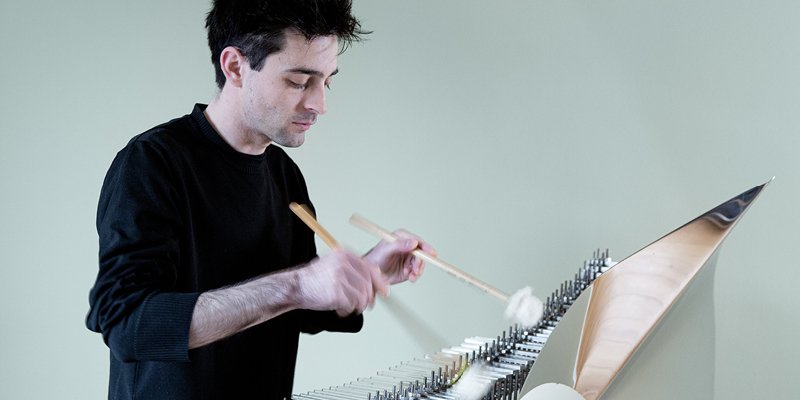
When musicians talk about "finding their sound," they are often referring to the process of developing a distinctive and unique musical identity. Beyond just technical proficiency, the process involves a combination of individualized artistic choices, bespoke production methods, and a clear understanding of the emotional impact they want their music to convey.
For Mike Sheridan, the process of finding his sound is also about defying norms and challenging conventions. Embracing the wisdom encapsulated in Picasso’s famous quote – "It took me four years to paint like Raphael, but a lifetime to work like a child" – Sheridan too cultivates an unconstrained way of working, “I try to stop thinking and set myself free from the need to position myself socially and culturally”, he says. “You can always be analytical about what you are doing, but the best work comes when you let go of any kind of narrative.”
Upon listening to Sheridan’s debut album, I Syv Sind, you may be surprised to learn that he crafted such an evocative collection of music when he was still just a teenager. Working from the confines of his childhood home, he used the limited tools he had at his disposal to develop a sound palette that echoed his coming-of-age experiences in the quiet corners of suburban Copenhagen. Unbeknownst to him this seemingly innocent creative endeavor would later throw him into the limelight, an outcome that arrived perhaps sooner than anticipated.
“The album crossed over into the mainstream” he remembers. “It was intense. I felt very vulnerable for a time, and maybe a bit out of place. I needed a break from all that attention so early in my career. Improvisational music became a refuge for me and I began to gravitate more towards the avant-garde.”
Sheridan's musical development has since made its way through an intersection of genres, creating a space where dub techno meets downtempo, ambient and IDM. He draws inspiration from a diverse spectrum of artists such as Eliane Radigue, Alva Noto and Trentemøller, resulting in a sound that is intricately nuanced, introspective, and thought-provoking.
“I have been lucky to perform with people like August Rosenbaum, Fred Frith and Garth Knox, to name a few”, he says. ”They are all incredible inspirations. The early Copenhagen techno scene around the club Culture Box with Kenneth Christiansen’s Echocord label was also foundational for me.”
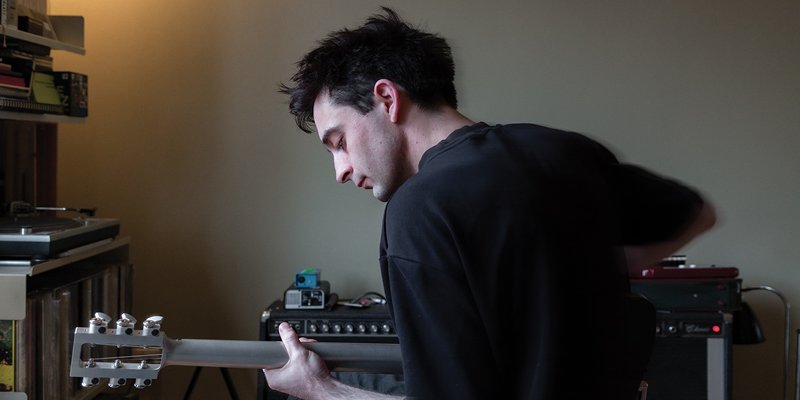
Sheridan jams at his home studio in Copenhagen
Reflecting on his musical origins, Sheridan fondly recalls the time when his father gave him a copy of SONY ACID for his PC at the age of nine. This marked his initiation into the world of linear-based timelines, providing him with an opportunity to explore the art of sequencing audio clips while laying the foundation for his musical experimentation.
It was through a broadcast from Sonar Festival in 2004 that he first came into contact with contemporary electronic music. “In that moment something clicked”, he reminisces. “It felt like an instinct inside me that activated. I still feel that same excitement today.”
After the success of I Syv Sind, despite the potential for a conventional touring career, Sheridan made a conscious effort to shift gears. The need to escape the intensity of his early successes led him into uncharted territories where dance, theater, and film became his new muses. From 2015 he began to primarily focus on composing for theater, radio drama, and collaborative musical performances. Notably, he scored the Emmy-nominated documentary feature "The Islands and The Whales" in 2016. In 2017 he scored Shakespeare's "Hamlet" at Kronborg Castle and received a Danish Academy Award nomination in 2022 for his score of "Persona Non Grata”.
Sheridan is one of a few artists in possession of a rare Cristal Baschet, an instrument that features a set of chromatically tuned glass rods attached to metal stems. He remembers how his journey to acquire one unfolded like a “treasure hunt.”
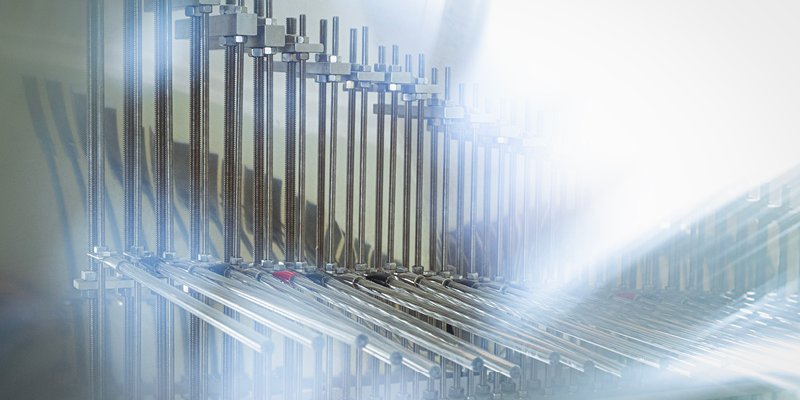
The Baschet's allure echoes in every gleaming cristal
“Discovering the Cristal Baschet was like finding the treasure of a lifetime. There was this sound in it that almost directly embodied a feeling that I had inside, similar to when I heard electronic music on the radio for the first time. After some detective work, I found Frederic Bousquet, a Cristal builder who had learned the craft from Bernard Baschet’s workshop in Paris. I sent my first album to Frederic, who in turn played for Bernard. Subsequently, Bernard agreed to collaborate with Frederic on building an instrument for me. I collected it at his workshop on top of a mountain near Quezac in southern France.”
(Tip: If you don't have a Cristal Baschet at hand, there’s a Sound Pack option available here)
In 2012, while still developing a tentative familiarity with his Cristal Baschet, Sheridan met Danish jazz trumpet player Palle Mikkelborg. The duo formed an instant connection, paving the way for an unforeseen musical partnership.
“It felt surreal, coming from electronic music and suddenly performing with someone such as Palle, who is 50 years my senior. We talked about everything else other than music, we never rehearsed anything, but there was a synchronization of feeling between us, like a similarity in a way; so we were able to go directly to the stage and just play. We did Anamorphosis together with Ensemble Hope, it was recorded in 2014 at DR Studio 2.”
Sheridan's love of unconventional instruments and distinctive sounds doesn’t stop at the Cristal Baschet. His search for unique sonic textures serves as the foundation for a significant portion of his creative process. “I am fascinated with alternative ways of playing acoustic instruments”, he explains. “Especially winds, horns, guitar, strings and percussion. With electronic instruments, I got deep into the Buchla 200e. I also had a Serge Modular system that I loved.”
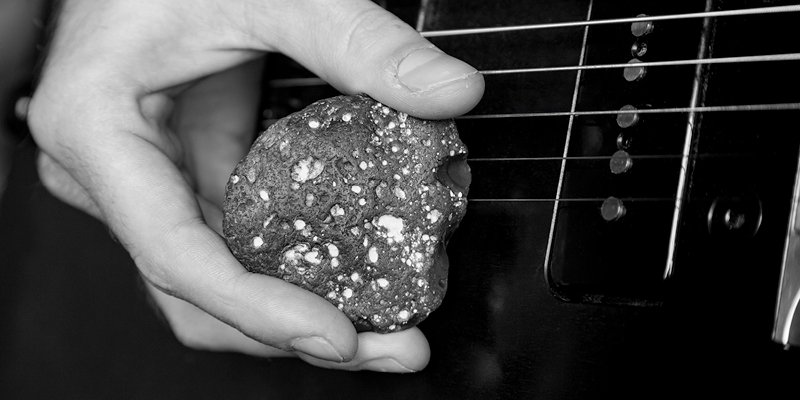
In his search for unique sounds, Sheridan explores alternative ways of playing musical instruments
On the production of his most recent album Atmospherics, his experimentations took him beyond the confines of his own creative space, leading him to bespoke studios adorned with rare, vintage equipment.
“I went to a studio run by the cultural association artFREQ. They have a phenomenal collection of vintage outboard gear. I was able to spend a long time at their facility, processing tracks made at home through their outboard effects. Farvemøllen is also one of a few old-fashioned music studios here in Copenhagen that I use. They have an eye-watering mic locker. I recorded most of the keyboard instruments on the album there.”
In the unfolding narrative of Atmospherics, Sheridan circles back to the musical language of his teenage years. He describes the album as a focal point for a deeply personal exploration, aimed at reconnecting with his inner child.
“I went back as a grown-up, to work on my childhood dream of what music could be”, he recalls. “It’s a thank you to the kid, at the back of the classroom with the laptop and headphones, who proved so stubborn yet full of integrity.”
While a lot of artists celebrate the creative liberations that come with self-imposed limitations, Sheridan took a different approach while working on Atmospherics, embracing the abundance of ideas and possibilities that unfolded naturally. He speaks to the age-old adage of "killing your darlings," preferring to turn this notion on its head while finding value in preserving and elevating those very darlings.
“I picked up this idea from an interview with film director Lars Von Trier. He suggests loving your darlings, because when everybody has learned to “kill their darlings” it forces a consensus onto the art where the potential for something interesting or unique gets destroyed.”
Revealing a personal challenge, Sheridan talks about his experience with dyscalculia – a condition that makes numbers and traditional music theory seem like an insurmountable puzzle to him. “My interaction with computers has been the foundation of everything”, he says. “Here I’ve found the freedom to make sense of things on my terms. I still get lost in measures, bars, MIDI channels, and harmony, but I can drag and drop and work in a way that makes sense to me.”
While acknowledging the hurdles posed by dyscalculia, Sheridan reframes them as opportunities. He sees them as a motivation to actively seek collaborations. During the creation of Atmospherics, for instance, he brought in an array of musicians, colleagues and friends to help him realize his vision.
“The strings were done with my long-time collaborator, folk violinist Bjarke Falgren”, he says, while mentioning just some of the people involved. “Katrine Grarup Elbo of Toechter also contributed. The piano, Rhodes and Mellotron parts were all played by Søren Kjærgaard who is a real avant-gardist. Marc Antoine-Millon sent some beautiful bass parts for the track “Megaparsec”. Film composers Kaspar Kaae and Brian Batz did some spicy guitar sections and for “Minds” Jonathan Bremer of Bremer/McCoy did some upright bass parts.”
Perhaps owing to the distinct perspective that dyscalculia imparts, Sheridan has cultivated an appreciation for the tactile and intuitive facets of music creation, prioritizing the need to feel his way around rather than relying on numerical precision. Teasing an upcoming project named "Touch” he characterizes it as a series of works that returns to the fundamentals of his musicality. The project places a strong emphasis on the physical interaction with instruments and materials, telling a story that revolves around intuition and the immediate expression of emotion.
“I need to devise systems that work extensively on my motor skills”, he explains. “It is about embracing intuition and creating the most immediate way to channel emotion into sound. It is very much like a journaling project.”
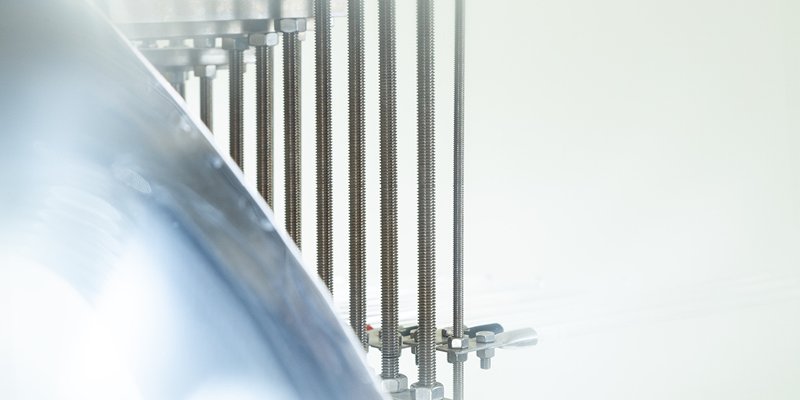
Sheridan strives to preserve a position of independence in his life, enabling him to think, and, perhaps even more crucially, to spring into action swiftly when creativity strikes. “I recommend carving out pockets of time in daily life where you can be in a position to act when inspiration comes“ he suggests. “Get the chores out of the way in the early part of the day. Do anything you can to give yourself that space.”
Sheridan’s artistic journey is a testament to the power of embracing spontaneity and staying true to one's unique voice. In a final note, he offers advice to emerging music makers, emphasizing the importance of patience while highlighting that a career takes time to build, much like the creation of music. “In my mind, time and love are very similar”, he concludes.
Keep up with Mike Sheridan on Instagram, Facebook, Soundcloud and YouTube
Text and interview by Joseph Joyce
Photography by Nadja Brečević